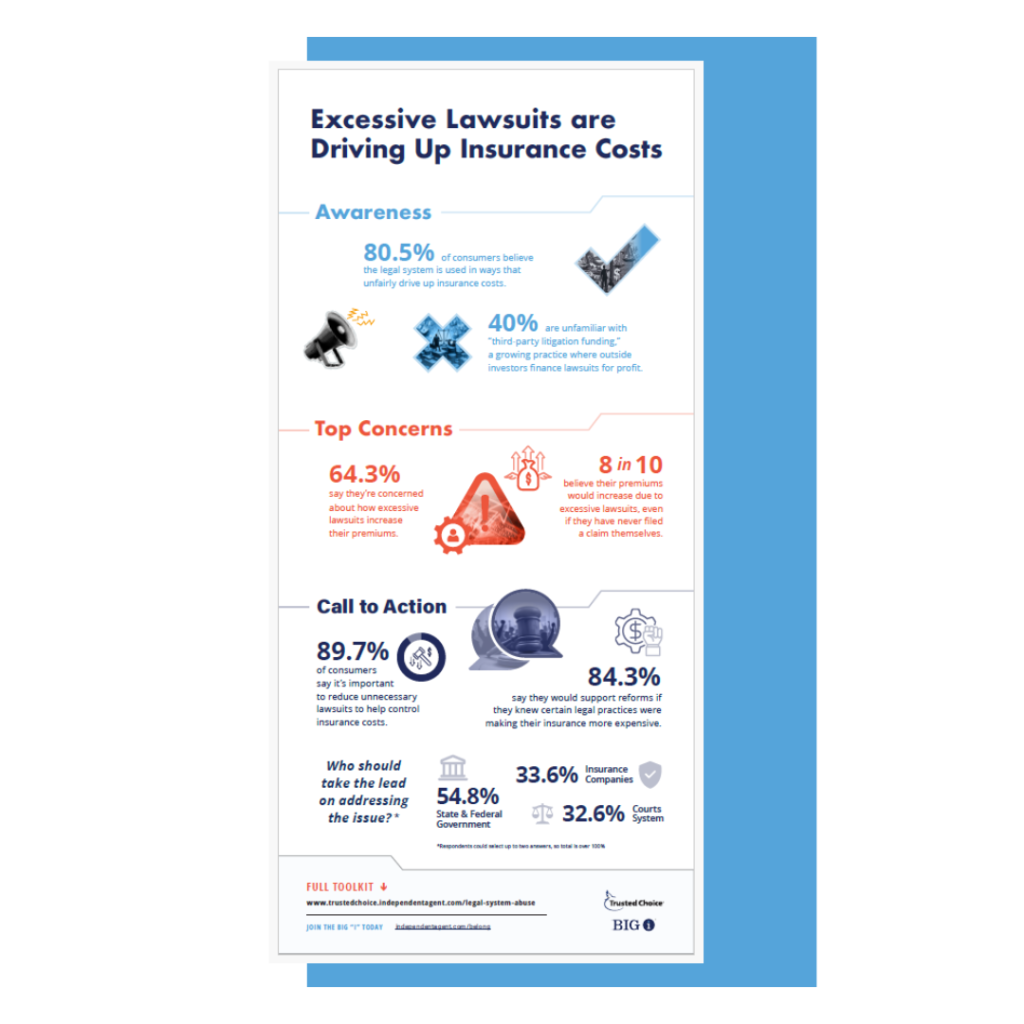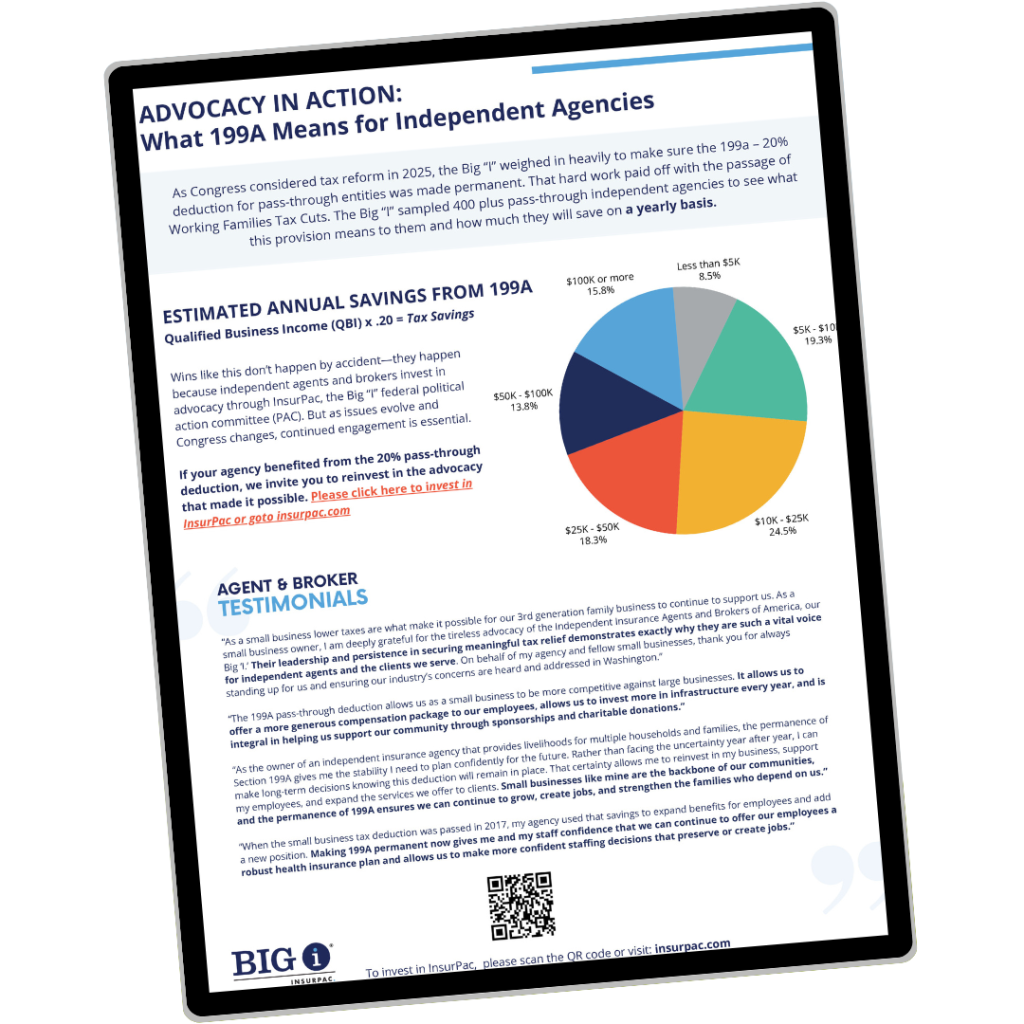New Homeowners Endorsements Help Solve Huge Coverage Gap
Earlier this year, the Insurance Services Office (ISO) introduced six new Homeowners endorsements that have been described as “the most important change in the Homeowners Program in 40 years.” The effective date of the endorsements for most states was October 1, 2015. It is imperative that agencies contact each Homeowners market, to determine their adoption date of these new endorsements.
Author: Mike Edwards Background: In 2015, the Insurance Services Office (ISO) introduced six new Homeowners endorsements that have been described as “the most important change in the Homeowners Program in 40 years.” The effective date of the endorsements for most states was October 1, 2015. It is imperative that agencies contact each Homeowners market, to determine their adoption date of these new endorsements. Main Points: The fundamental reason for the new endorsements arises from claims denials by insurers, and the subsequent adverse court decisions, which completely eliminated Coverage A on the dwelling. There are two perplexing aspects to these cases. First, the elimination of Coverage A was not because of an exclusion in the coverage form. Instead, the claims denials and adverse court decisions were based on the definition of “residence premises.” Actually, the loss of Coverage A was the result of adverse interpretations by insurers and courts of just three words in the definition of “residence premises: “where you reside.” Here are pertinent excerpts from the current ISO (Insurance Services Office) Homeowners coverage form: Definitions “Residence Premises” means… The one-family dwelling where you reside Section I – Property Coverages A. Coverage A – Dwelling 1. We cover: a. The dwelling on the “residence premises” shown in the Declarations. Section I – Perils Insured Against A. Coverage A – Dwelling
Section I – Exclusions [No reference to “where you reside.”] Loss example: Jack and Jill are moving to your area from another state, because Jill is being relocated by her company. They find a suitable home, make an offer acceptable to the seller, and then close on the home shortly thereafter. In conjunction with the closing, your agency issued a Homeowners policy to Jack and Jill, showing an effective date coinciding with the closing date of the sale. Since the family’s furniture will not arrive for another week, her company continues to pay their hotel bill until the furniture can be delivered. However, before the furniture arrives, the house is destroyed by a fire. The insurer denies the claim, asserting that Jack and Jill did not reside in the home at the time of the loss, as stipulated (in their interpretation) for Coverage A to apply. Court agrees with the insurer’s view, and upholds the insurer’s denial. Comments: Referring to the Homeowners coverage form excerpts above, there is no exclusion which applies to this loss. The insurer, and subsequently the court, relies on the fact that since the insured did not yet reside in the new home, there is no Coverage A in effect. However, one widely-held argument in favor of coverage holds that the basis for denying a claim must be “clear and conspicuous.” In other words, if the insurer intended to deny coverage for the claim above, in all fairness, there must be a specific exclusion to that effect. A second supporting argument is that the “where you reside” provision relates to an underwriting requirement, and is not intended to be interpreted in the context of denying actual coverage. Also, it is important to note that the ISO Homeowners forms have included the “where you reside” language in the Definitions section since the 1984 edition was introduced, replacing the HO-76 edition. And in the 1984 ISO filing made with state insurance regulators, ISO made no mention of its intent to have the “where you reside” language be interpreted to deny Coverage A claims. Additionally, it wasn’t until around 2001 that the first denials of claims based on the “where you reside” language began to become known in the industry. In the years following, a growing number of questions from agents across the country began coming in to the IIABA’s (Independent Insurance Agents Brokers of America) Virtual University “Ask An Expert” service. In 2005, IIABA’s national Technical Affairs Committee began discussions with ISO on the problem. The end result was the ISO filing of the 6 new Homeowners endorsements, which many states have adopted for October 1, 2015. Other situations: The above example is only one of many that can (and have) resulted in an insurer denying coverage for an otherwise covered loss to a dwelling, based solely on the interpretation of the “where you reside” language in the Definitions section of the Homeowners policy. There are many ways in which “non-residency” can arise, including the following 16 situations: • Nursing Homes • Relocations • Foreclosures • Rentals • Child Occupies Parents’ Home • Parent Occupies Child’s Home • Divorce • Illness or Infirmary of Insured • Death of Insured • Trusts • Homes Owned by LLCs and Corporations • Seller Remains After Closing • Seller Moves Out Before Closing • Buyer Moves In or Takes Possession Before Closing • Renovations / Homes Under Construction • Vacancy and/or Unoccupancy The new endorsements. While there are technically 6 new endorsements, in reality there are two, with three iterations of each. One is a mandatory endorsement, and the other is an optional (broadening) endorsement. Mandatory endorsement: “Residence Premises Definition Endorsement” HO 06 48 10 15 – use with all HO forms except Unit Owners HO 00 06 HO 17 48 10 15 – use with Unit Owners HO 00 06 MH 04 26 10 16 – use with Mobilehome Key provision: The definition of “residence premises” is amended to include: “The one-family dwelling where you reside… on the inception date of the policy period shown in the Declarations and which is shown as the “residence premises” in the Declarations.” Comments: (1) This language does not help Jack and Jill, in the claim situation discussed above. This endorsement actually reinforces the view that since they did not reside in the house on the day of closing, there is no Coverage A until they actually move in. (2) On the other hand, if later they moved out of the house in another relocation move, and had the house on the market, Coverage A would remain in effect for the balance of the policy term, since they did reside there “on the inception date of the policy.” (3) However, one obvious gap would be if a loss occurred after they had moved out, and the policy had renewed. Under the terms of the endorsement, they would have no Coverage A, since they were not residing in the home “on the inception date of the (renewal) policy.” Optional endorsement: “Broadened Residence Premises Definition Endorsement” HO 06 49 10 15 – use with all HO forms except Unit Owners HO 00 06 HO 17 47 10 15 – use with Unit Owners HO 00 06 MH 04 27 10 16 – use with Mobilehome Key provision: The endorsement has a Schedule, which indicates an “Inception Date” and a “Termination Date.” In addition, the definition of “residence premises” is amended to include: a. With respect to the period shown in the above Schedule: (1) The one-family dwelling…which is shown as the “residence premises” in the Declarations; and b. With respect to any portion of the policy period not shown in the above Schedule: (1) The one-family dwelling… where you reside and which is shown as the “residence premises” in the Declarations. Comments: (1) In a. above, Jack and Jill would have coverage for the fire loss to the house as described in the loss example above, so long as the loss occurred between the Inception Date and the Termination Date on the Schedule of the endorsement, even if they had not moved in yet. Note that a.(1) makes no reference to “where you reside.” (2) One potential drawback is that if they selected a Termination Date for the Schedule based on the furniture delivery date given by the moving company, but the delivery was delayed for some reason. In b. above, they would have no coverage for the fire loss if it occurred after the Termination Date, and they had still not moved in. Note that in b.(1) above, losses which occur after the Termination Date are covered only if Jack and Jill have moved in, and the house is “where you reside.” (3) The best solution would be to use the policy’s inception and expiration dates as the Inception Date and Termination Date on the Schedule. (4) However, the gap still remains for a loss that occurs after policy renewal, and after they have moved out, but failed to notify their insurance agent. Residence Premises Questionnaire. Given the importance of residency status, insurers will most likely develop a questionnaire to be completed by the insured in conjunction with the writing of new business, as well as the processing of renewals. Alternatively, some insurers, as well as ACORD, might opt to amend their Homeowners application to capture this information. Additional information. The Virtual University has a special section on its website devoted to the “Where You Reside” issue. This includes several excellent articles, and a free recording of a Webinar on the subject, done in July 2015. Here are links: (Superb 29-page analysis of the issues, including discussion of key court cases for and against coverage.) Recording of Where You Reside Webinar fom July 8, 2015 (free, but no CE) Special thanks to Bill Wilson, ARM, CPCU, Director of the IIABA Virtual University. Bill has been instrumental in developing critically important research into the “Where You Reside” issue, since it first became known to the Virtual University in 2001. He has also played a key role in moving the discussion within the industry towards clarity for the industry, and viable solutions for policyholders. This Technical Advisory includes excerpts from some of documents posted on Virtual University, used with permission. Necessary Action: Circulate this Technical Advisory to all appropriate agency staff. It is imperative that agencies contact each Homeowners market, to determine their adoption date of these new endorsements. Please note that this Technical Advisory is intended to be educational and is not legal advice upon which you should rely. Please seek any legal opinion you may need from a qualified attorney. Last Updated: October 8, 2015 |









